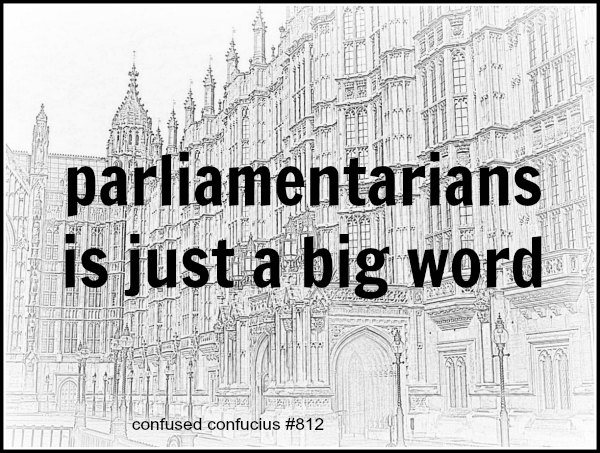Home | About CCW | Contact Us | Climate change Meaning | Causes | Solutions | Emissions | Carbon trading
Cap-and-trade
Cap-and-trade is the use of markets — where goods are bought and sold — to achieve the specific outcome of increasing the price of a commodity by manipulating demand.
The idea came about as a way to reduce pollution by making it expensive to pollute.
Whilst working on his economics PhD in the 1960's, Thomas Crocker realised that it was possible to charge polluters for each unit of pollution by forcing them to purchase permits to pollute in a marketplace.
If businesses had to purchase permits to cover any pollution they created and the permit price were to increase over time, then eventually it would be too expensive to pollute.
At the start polluters would be offered a certain number of permits for free and could purchase more through a market. The way to reduce pollution overall was to steadily lower the number of permits (the cap) until supply is squeezed.
Market forces then raise the price of permits and it becomes increasingly expensive to pollute.
If activity changes and a business polluted less, the business could trade any unused credits they held to the highest bidder.
This process of buying and selling together with a steadily decreasing number of permits promotes more prudent activity less likely to pollute prudent and creates an opportunity to make some money from sales of credits.
At some point the cost of buying credits makes it uneconomic to continue the polluting activity.
Neat idea.

Financial instruments are attractive solutions for this type of problem.
Everybody loves the equitability of it all and, of course, the opportunity to make some money.
Cap-and-trade schemes were used in the US to cut pollution from sulphur dioxide emissions that caused acid rain and it is easy to see why a similar scheme was attractive to solve another diffuse pollution problem, greenhouse gases.
Slug heavy emitters by forcing them to purchase credits to offset their emissions and allow those prepared to make an effort to achieve emissions reduction the ability to generate the credits.
Decide on a greenhouse gas commodity [tonnes of carbon dioxide equivalent emissions, tCO2e] and create the market for trading emission permits. Then, over time, reduce the availability of permits to force up the price making it more and more expensive to emit.
Soon emissions go down as emitters become more efficient in order to save costs.
As the cap is ratcheted down to lower the supply of permits, so demand outstrips supply and the price of a permit goes up. The increase in cost encourages change of behaviour away from emission intensive activities.
Neat idea.
Inevitably there is devil in the detail.
There are always exceptions when it comes to the allocation of allowances (free permits). Trade exposed industries or those critical to the viability of economic growth, such as power generation, will be given free permits to ensure they are not compromised.
Only these are the industries with the highest emissions.
But generally, benefits were worth the niggles.
Market mechanism are familiar and create opportunity so why not apply it to emission reduction through emissions trading. We feel comfortable with a market that trades goods and services having evolved with them for thousands of years.
Markets also allow for decisions to diffuse through a society.
It is more palatable to the collective psyche than the blunt and forceful approach of decrees and dictates, or, heaven forbid, a carbon tax.
Economists also claim that using the mechanism of buying and selling allows for economic adjustment with minimal disruption to the performance of an economy.
Any pain is evened out both over time and among participants.
Joe the cynic will also say that it makes money, all that non-paper electronic money that can disappear into the ether as fast as it is created.
And he has a point.
Two-thirds of carbon trades in 2010 were secondary, that is not direct purchase of credits but passing around and bundling of credits once they are issued.

Cap-and-trade is not a normal market
Unlike economic markets, the cap-and-trade scheme has an end game beyond an exchange of goods for profit.
It is regulated to reduce supply [the cap], thereby forcing up the cost [permit price] to initially lower and eventually phase out demand. In effect the market is designed to fail.
The cap is imposed through regulation out of a necessity to raise the credit price that creates the desired outcome of a change in behaviour.
So, in the end, cap-and-trade is a market mechanism used as a decision tool.
It is a way of society saying, we don't want this to happen and it must stop. And we can say stop without doing it by decree.
climate change wisdom › carbon trading › cap-and-trade

Confused Confucius spurned the monastic life for the world of work, moral conundrums and mobile devices. His sayings, questions and incongruous idioms on the environment and modern life bring delight and bafflement in equal measure... check out more Confused Confucius sayings.
Recent Articles
-
Reducing emissions while looking for solutions...
Nov 01, 15 04:46 PM
I've seen a lot of post's online for ideas on reducing emissions. The one suggestion I have not seen, is the most obvious. There should be a government -
Climate change evidence
Mar 24, 15 06:22 AM
Real climate change evidence has to demonstrate a change in climate. An extra sunny day or a severe storm or a flood is not enough. -
The climate change effect
Feb 19, 15 03:08 AM
What will be the climate change effect? There isn't one, there are many. Perhaps too many for us to understand.

New! Comments
Have your say about what you just read! Leave me a comment in the box below.